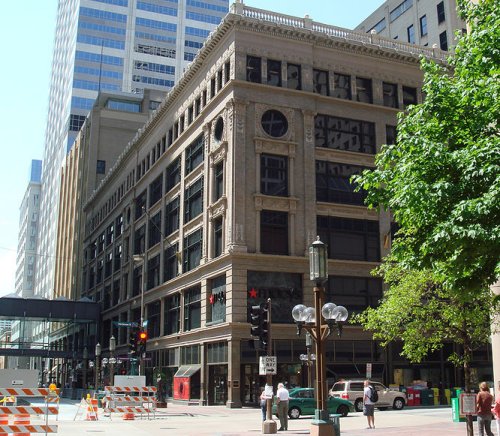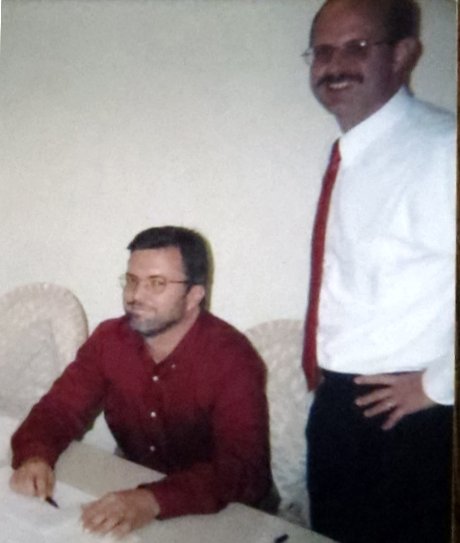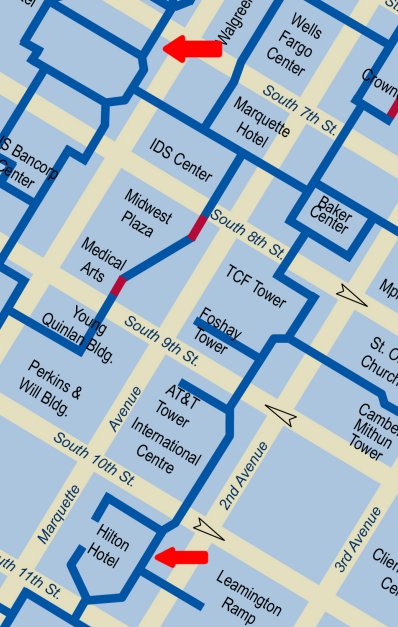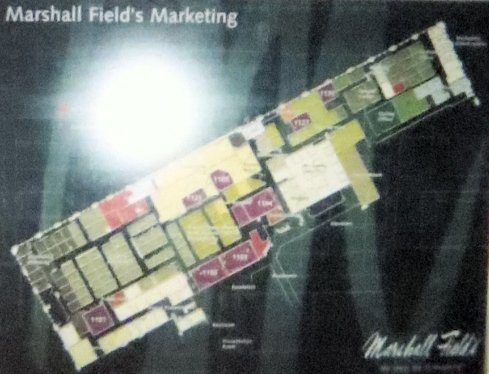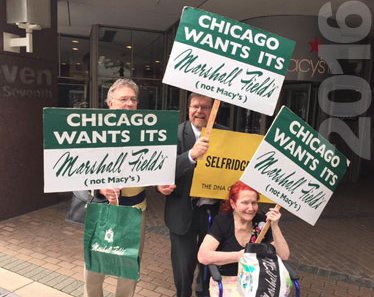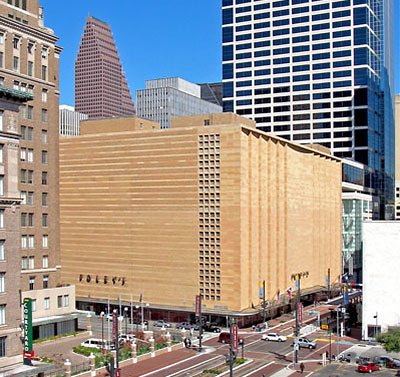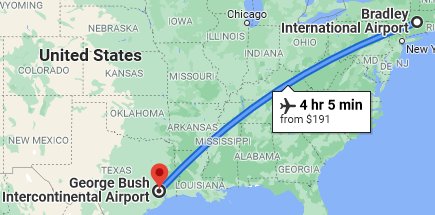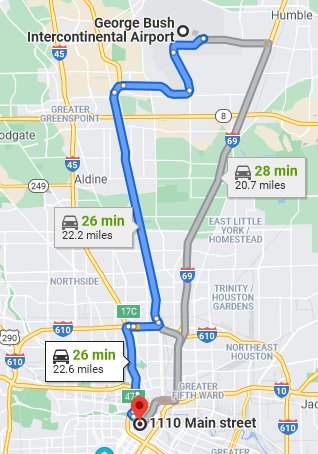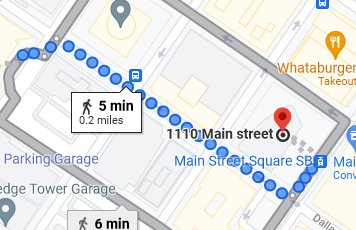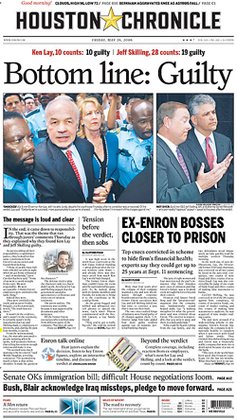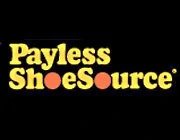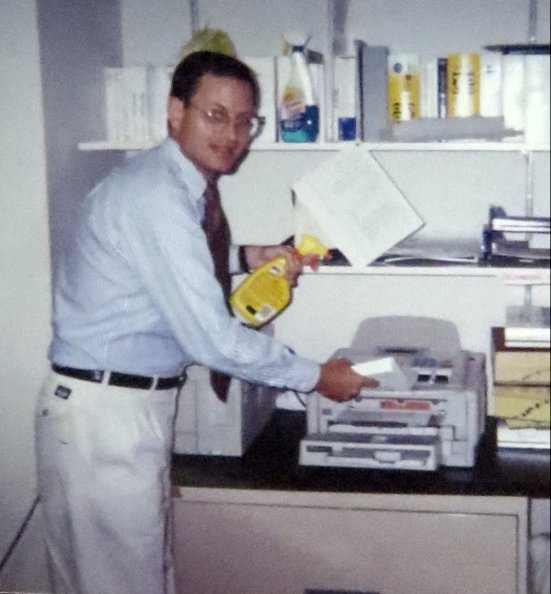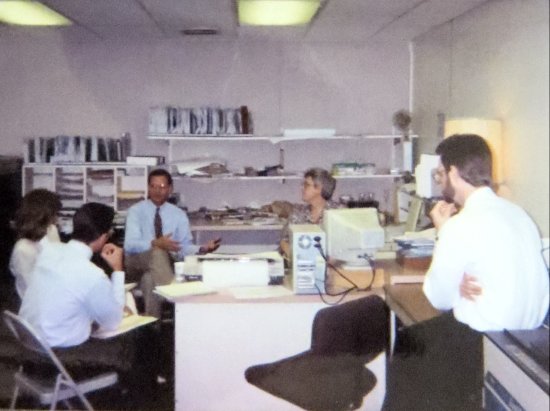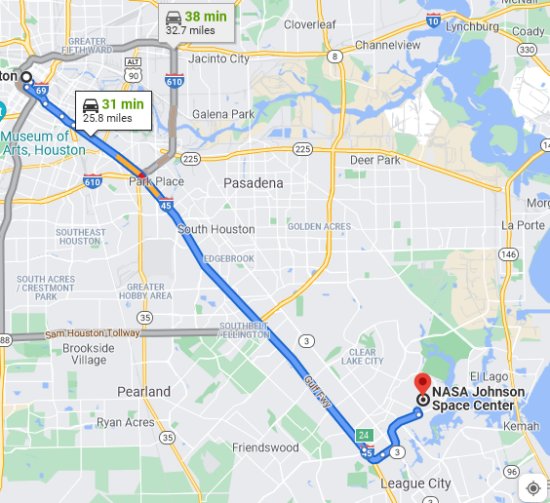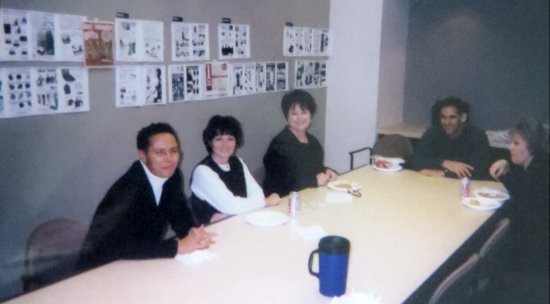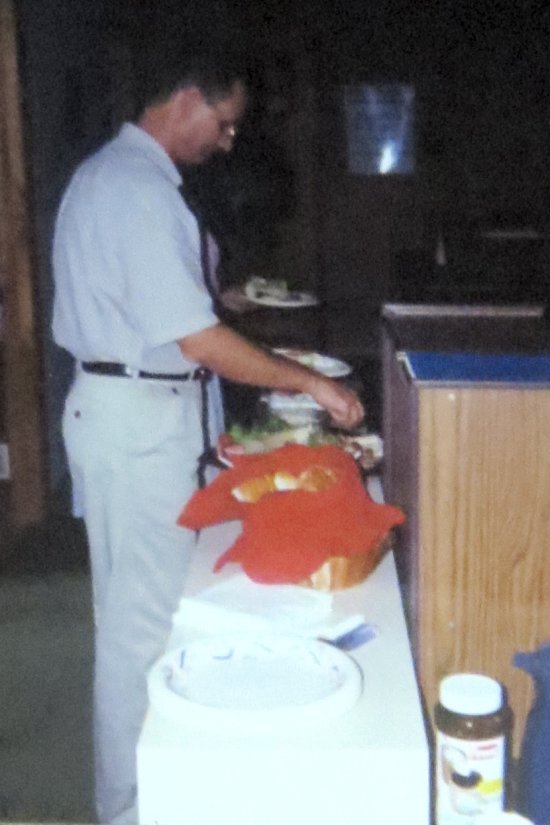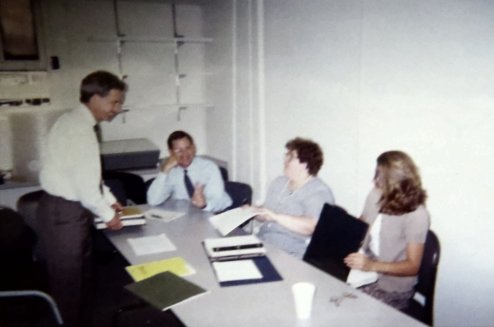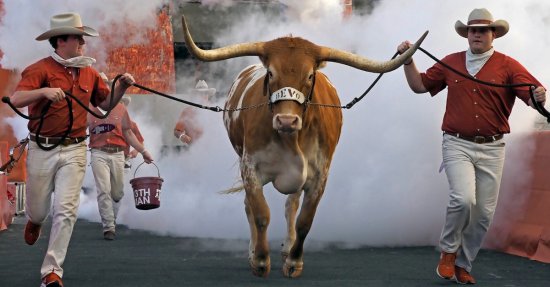Acquired by the May Co. in 2004. Continue reading
Marshall Field’s was most famous for its store in downtown Chicago and for Marshall Field himself, who was a driving force behind the Windy City’s recovery from the Great Chicago Fire of 1871. By the time that I came into contact with the department store chain it was based in Minneapolis and was owned by the Target Corporation.1
In 2004 the May Co. purchased the Marshall Field’s stores from Target with the intention of administering them from Minneapolis in the Marketing Department’s headquarters in one of the high floors of the store that was previously the flagship store for Dayton’s. Its address was 700 Nicollet Mall. The plan was for all of the advertising to be scheduled, purchased, and paid for using TSI’s AdDept system on an AS/400 at the Midwest Data Center in St. Louis. A meeting was scheduled for September 16 at Hecht’s2 Advertising Department in Arlington, VA. I attended, as did representatives of the May Co. and the Marketing Department of Marshall Field’s. Dave Ostendorf from Famous-Barr3 may also have been there.
The meeting was unlike any that I had ever attended. The people from the May Co. announced that Marshall Field’s would use AdDept, and the May Co. would pay for any necessary revisions! They made it quite clear that they were being given a blank check. Throughout the rest of 2004 I worked on documenting in some detail the changes that needed to be done. This resulted in a fifty-page design document delivered in December and a fifty-nine page tome sent to them in April of 2005. I found Acrobat files of these two booklets. They are posted here and here.
It seems likely that I took more than two trips to Minneapolis in 2004 but I only found notes from one in November and one in December. Perhaps Dave Ostendorf or Richard Roark from Foley’s4 in Houston helped me gather the information needed for the design documents.
Working conditions: On my visits to Minneapolis I flew Northwest and took a taxi or the light rail from the airport to downtown. I never rented a car.
I stayed at the Hilton that was a few blocks south of the Nicollet Mall store. I almost never stayed at a Hilton; I preferred one of the affiliated hotels that awarded Hilton Honors points4, especially Hampton Inns. I have two strong memories of this Hilton:
- I could walk from the hotel to the second floor of Marshall Field’s via the skyway without ever setting foot outside. This was a valuable feature in the winter.
- There was no free breakfast. However, because I had achieved Silver status in the Hilton Honors program I could go up to the top floor where they had an executive dining room for road warriors like myself. The food there was terrific and free.
Working with the people at Marshall Field’s was a very enjoyable experience. There were, however, a few peculiarities.
The skyway entrance was on the second floor of the store. When I arrived in the morning the store was not open. So, it was a little spooky.
To get to the Marketing (NOT advertising) Department I had to take a fairly large number of escalators. There were elevators, but they were not as convenient.
The people at Marshall Field’s used a different word for many of the concepts with which I was familiar. Customers were called guests, employees were team members, advertising was marketing, ads were called promos, and so on. I kept a list of these, but I no longer have it.
Every time that I went to the bathroom (or anywhere else) I had to call someone to let me back in to the Marketing area, which was restricted. I was very excited in April of 2005 when I was given a badge so that I could come and go as I pleased.
The toilet paper in the bathrooms was the flimsiest that I had ever seen. They must have imported it from another country. I cannot imagine that anyone would buy it in the U.S. Maybe they did it to save money, but they didn’t save any on me. I just used more of it—lots more. I once asked Chuck Hansen5, one of the people involved in the installation, if others did the same. He said, “Oh, yeah. Definitely.”
While I was there in February of 2005 the temperature dipped below -20 Fahrenheit: not wind chill, degrees. I had to go out in that frigid air to walk to the taxi stand to catch a cab to the airport. It was only a couple of blocks, but I was very relieved to see a few cabs lined up and ready to go.

The “team members”: Our main contact in the first few months was Amy Spears, who was the assistant to the Finance Manager, Becky. I cannot remember her last name. They were both very conscientious and amiable. When Becky left the company on short notice in 2005, Amy was in something of a panic. Mari Pittman6 was brought in from Foley’s to take on Becky’s role.
A woman named Thu Le worked on expense invoices. I vaguely remember her. Nate Jeppson7 also worked in the finance area. I helped him fine-tune the entry in the sub-account table. Two ladies named Kimber and Adrianne worked in accounting. Either or both of them might be in the photo.
Beginning in April of 2005 David Harris8 assumed the function of liaison with TSI. His main job was managing the Mac network. My memories of him are not very distinct. I remember his replacement, Soni (pronounced like “sunny”, short for Sonja) Froyen9 a lot better. At the end of the project she sent me a tee shirt that had an ad release form with the box for “Released” checked.
Sheila Wilson came from Hecht’s in 2005. She was deeply involved in the AdDept product.
My notes from February of 2006, when the division was officially dubbed Macy’s North, disclosed the names of two new employees in the finance area: Shannon Feuerhelm and Megan Boie. Jackie Smith was hired to place newspaper ads, a job that formerly had been done by Target’s ad agency, Haworth.
The last set of notes were dated in December. They indicated that Chuck, who had been in another department for a few months, had returned to the Marketing Department. They also mention that Lynn Robinson had been placed in charge of Direct Mail.
The projects: Getting Marshall Field’s system up and running was the last gigantic project that TSI undertook. It was so big and so complicated that the individual details have tended to fade. Here are a few things that struck me as I read through the design documents and the month end checklist that I set up for Becky
- The most striking thing was that so many changes were required to the file structure, including several new tables. It is a tribute to our system of change management that we were willing and able to implement these changes without disrupting our other installations.
- I wrote all of this. I made a few mistakes, but on the whole the presentation was very thorough and professional.
- It is hard to understand why PageMaker, which was used to create these documents originally, had so much trouble with non-proportional fonts like Courier. The vertical bars on the reports (e.g., page 9 of document 1) should all align, but they don’t.
- So much of what is described is unique to Marshall Field’s. For example, no one had ever used the term “production credits” at any other installation.
- I have a dim memory of Item #3. Becky had a gigantic number of general ledger accounts (called “internal” in the document) that did not match up well with the May Co.’s accounts. The cross-reference table was huge.
- Any changes to the cost accounting algorithms were risky. These programs were so complicated that they were barely readable. TSI’s programmers were reluctant to touch them because the people who used them were always under severe time pressure. “Yesterday” was the deadline for addressing problems.
- I had totally forgotten about the “buckets” and “metro markets”.
- The use of “campaign” instead of “event’ must have come from an ad agency. No one talked about campaigns in a retail setting.
- I wonder if they actually used all the work that we did on production schedules and the job jacket.
- Over $7,000 in changes to the insertion orders are in document 2! I don’t remember if they ever used AxN. It is mentioned on p. 34; I guess that they must have. The NAA# was assigned by the Newspaper Association of America. Prior to becoming part of the May Co. Field’s Haworth bought the newspaper space.
- Document 2 mentioned CAPS, which was the May Co. system for expenses and G/L.
- I did not remember importing sales by department.
- The closing process is lengthy, but it is very specific. I wonder if they actually used the three-page checklist.
Denouement: I am certain that we did exceptionally good work for Marshall Field’s. They always treated me royally when I visited them. It would be nice to be able to say that the department ran like clockwork for decades.
However, that is not what happened. By 2008 Marshall Field’s was no more. The stores that were allowed to remain open were rebranded as Macy’s. Worse news was that Macy’s North (the people with whom we worked in Minneapolis) was consolidated into Macy’s East. The wonderful people and environment that I found there vanished.
I did not think too much about that. We did good work, we got paid, I made some friends, and we made their lives a little better for a short period of time.
The downtown store in Minneapolis was closed for good in 2017. It is in the process of being repurposed for multiple uses.
1. Prior to 2000 the company was called the Dayton-Hudson Corporation. Its name reflected the logos of the Minnesota and Michigan chains that merged in 1969. The company was renamed in 2000 in recognition of the fact that the Target stores produced 80 percent of the revenue. One year later the department store division rebranded all of its stores as Marshall Field’s.
2. The story of the installation at Hecht’s can be read here.
3. Details of the Famous-Barr installation in St. Louis are posted here.
4. My card from those days calls them Hilton H Honors points. I never understood what the middle initial stood for.
5. Chuck Hansen stayed on and is working for Macy’s in 2023. His LinkedIn page is here.
6. May Pittman’s LinkedIn page is here.
7. Nate Jeppson’s LinkedIn page is available here.
8. David Harris’s LinkedIn page can be viewed here.
9. I discovered on Soni’s LinkedIn page (found here) that she studied Latin and history in college. I was also surprised to learn from my notes that she knew how to code in php, which I did not yet know enough about to know that it never shown in caps. She was also the only one of my business associates who followed me on Twitter. In retrospect I feel as if we might have potentially been soulmates. Of course I was eighteen years older than she was.

